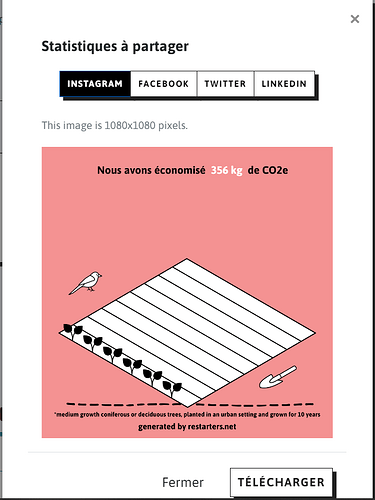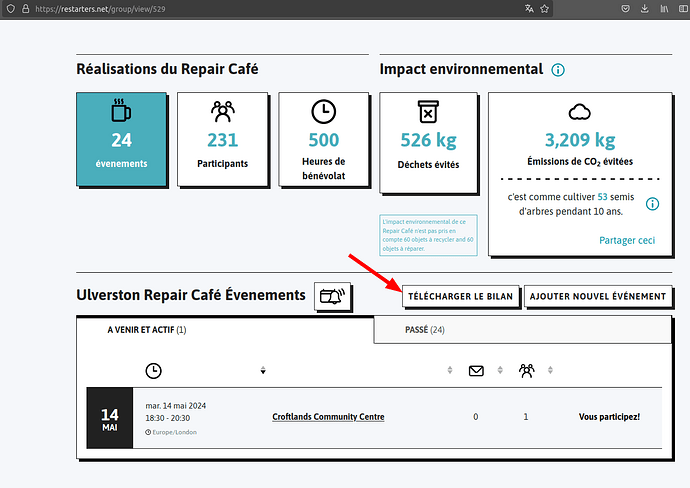Thanks for sharing these thoughts @Dave and @philip. I think you’re right that more people can relate directly to driving or flying as more common activities than planting/growing trees. And initially, we did consider giving groups the option to choose whether they wanted a consumption-based equivalency or a mitigation one. In practice, we didn’t have the resources to do both so we had to pick one.
We did quite consciously want to move away from driving in order to make the figures more future-proof (given internal combustion engine cars will be increasingly phased out over the coming years) and also more universal - i.e. consistent across all countries where activities take place. (It also neatly avoids the kilometres vs miles contention for people in the UK and USA ![]() )
)
It’s true that flying is more straightforward. So that would likely be the way we’d go if we were to reintroduce a consumption-based equivalency. Though one small issue is that it might not work well for small amounts of CO2e (e.g. the amount saved from one event), so we’d probably need a second metric that doesn’t involve vehicles or electricity-use (for the same reason).
Philip, yep! A hectare is indeed a square with 100m sides, or roughly the same as Trafalgar Square in London. The visualisations that use hectares do have a basic scale on the right hand side to offer a bit more context, though perhaps they’re not super obvious…
You’re right about the tree seedling metric: we’re using 1 tree seedling grown over 10 years equates to about 60kg of CO2 sequestered. Our source for this is the US Environmental Protection Agency, which itself draws from a couple of sources:
- McPherson, E. G.; van D. N. S.; Peper, P. J. (2016). Urban tree database and allometric equations. Gen. Tech. Rep. PSW-GTR-253. Albany, CA: U.S. Department of Agriculture, Forest Service, Pacific Southwest Research Station. 86 p.
- U.S. DOE (1998). Method for Calculating Carbon Sequestration by Trees in Urban and Suburban Settings. Voluntary Reporting of Greenhouse Gases, U.S. Department of Energy, Energy Information Administration (16 pp, 111K)
The other metric (hectares planted) is derived from an entirely different source, and is therefore not comparable with the tree seedling metric. It simply looks at hectares of forest planted (rather than individual trees). But it does equate to around 12 tonnes of CO2 sequestered per hectare per year, as you deduce.
The source for this is some research carried out by Winrock for their Forest Landscape Restoration (FLR) Carbon Storage Calculator and published here:

